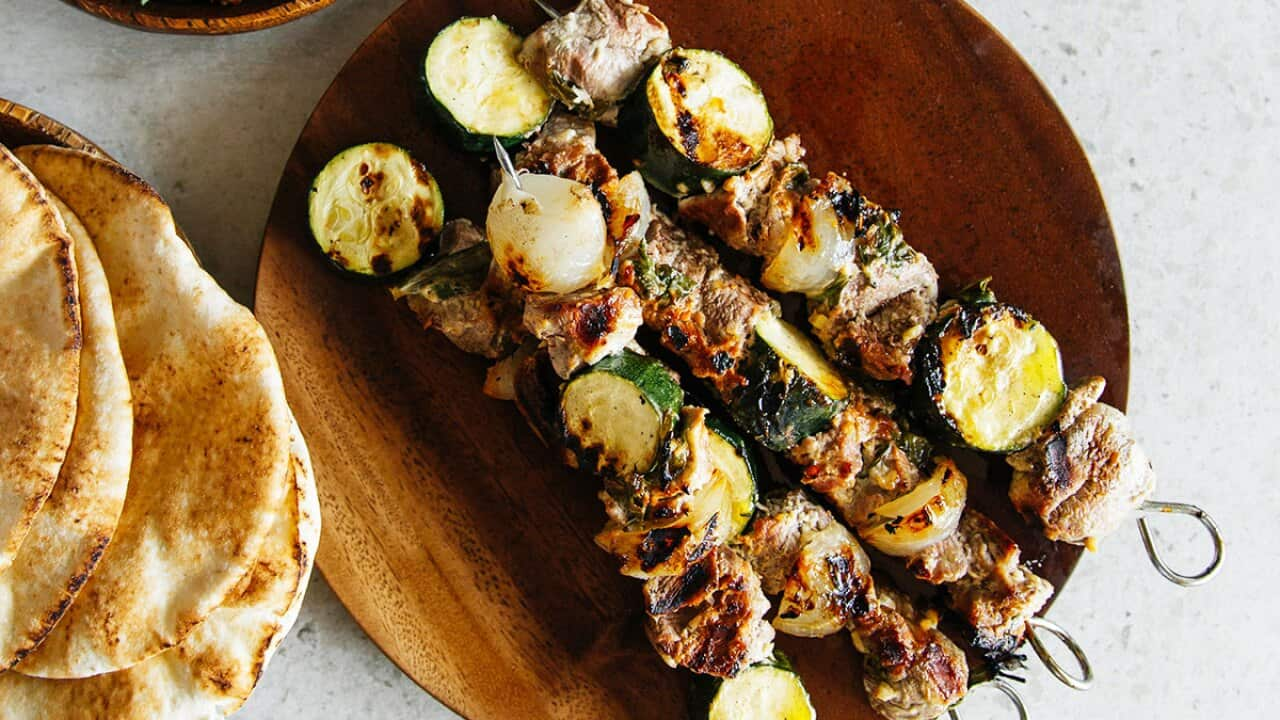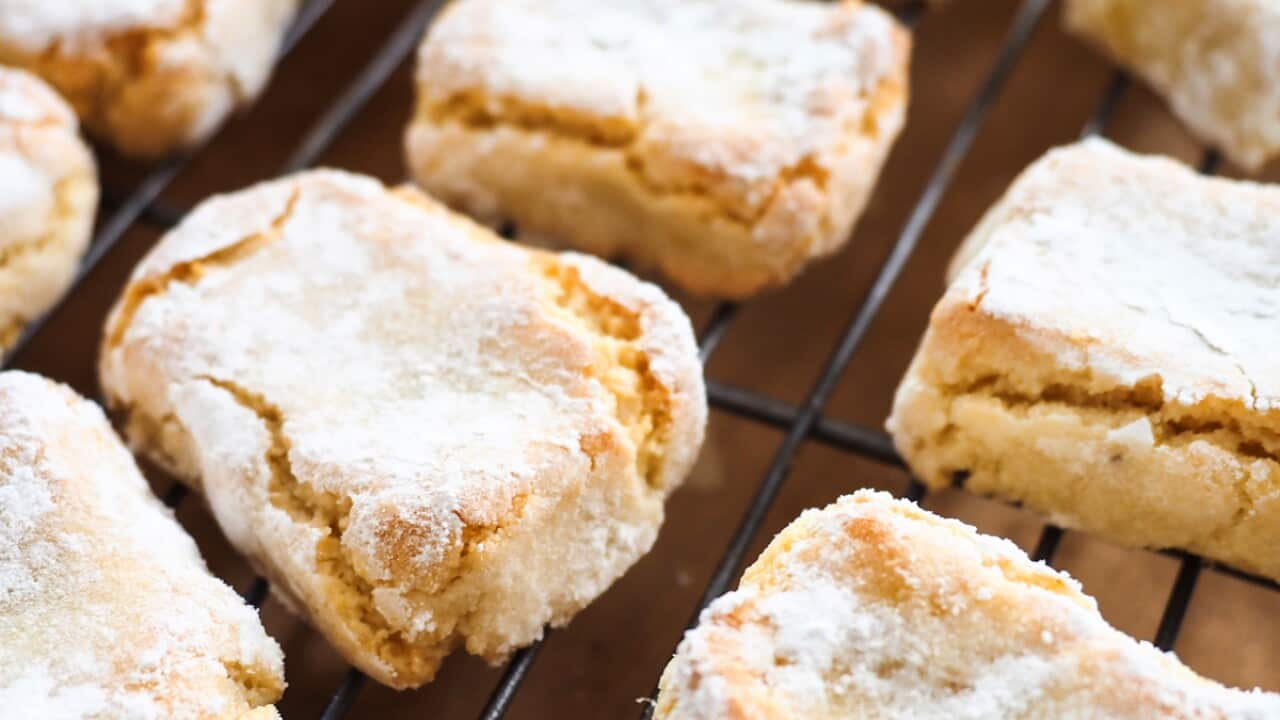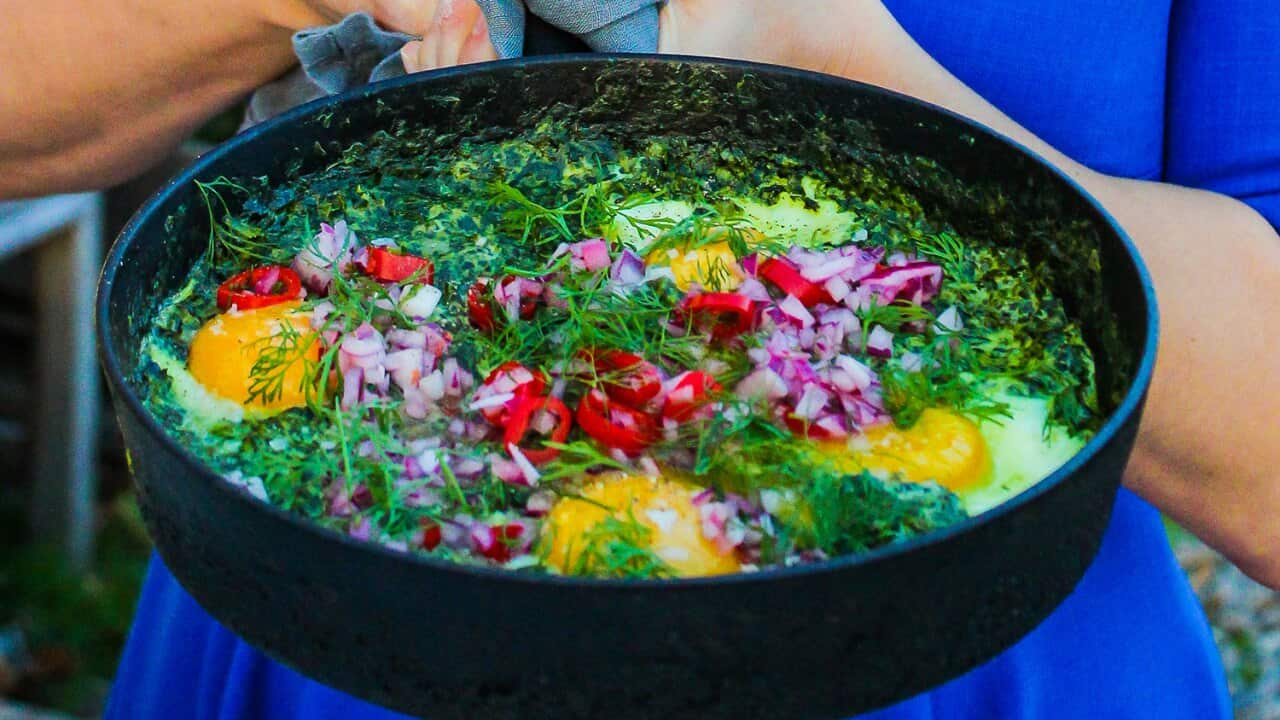When she was 37, Nadia Withers’ life took an unexpected turn. Afflicted by a worrying array of symptoms – bloating, stomach cramps, diarrhoea, weight loss, anaemia and fatigue – she visited her GP. Withers, an intrepid traveller, thought she might have caught a stomach bug on one of her most recent trips. When the medication her doctor prescribed her didn’t help, she pressed for a referral to a specialist. A bowel biopsy revealed that she had coeliac disease, a condition she’d never before encountered.
“I was scared,” she says of hearing the diagnosis. “I thought I had cancer until the doctor put me at ease and said, ‘no, what you have is not cancer, it’s called coeliac disease, and there is no medication. You’ve just got to go on a diet.’”
is an autoimmune condition that is triggered by gluten, a protein found in wheat, rye, barley and oats. . The only known treatment for coeliac disease is to avoid any consumption of gluten.
I thought I had cancer until the doctor put me at ease and said, ‘no, what you have is not cancer, it’s called coeliac disease, and there is no medication. You’ve just got to go on a diet.’
Today, coeliac disease is a widely recognised illness, but when Withers received her diagnosis in 1989, there was little awareness of the condition. Not many people had heard of a gluten-free diet. Withers’ Arabic-speaking GP struggled to explain terms like gluten, gluten-free or coeliac disease, at that point unheard of in the Arab world.
Born in Sudan to parents who hailed from Aleppo in Syria, Withers arrived in Australia in 1971. In 1978, she married her husband, Colin. “I am now Australian, born in Sudan with Syrian descent,” she explains. Before her diagnosis, Withers ate a typical Middle Eastern diet: lots of vegetables like capsicum, eggplant, zucchini, okra, as well as meat, rice, lentils, and of course, bread. It was a good, balanced diet, she says. “In my mind, I was eating all the right food, and of course, wheat was a big part of it.” When she was ill, she ate plain food in the belief it would settle her stomach. “I was eating toast,” she recalls. “That was poison to my system because of the wheat, but I wasn’t to know.” Her diagnosis required a radical overhaul of her diet. Lebanese bread, a much-loved Middle Eastern staple, was the first thing to go. Traditional desserts made from semolina and wheat suddenly became off-limits too. “In the beginning, there was no gluten-free flour,” she says.
Her diagnosis required a radical overhaul of her diet. Lebanese bread, a much-loved Middle Eastern staple, was the first thing to go. Traditional desserts made from semolina and wheat suddenly became off-limits too. “In the beginning, there was no gluten-free flour,” she says.

Before her diagnosis, Withers ate a typical Middle Eastern diet: lots of vegetables, meat, and of course, bread. Source: Smith Street Books
Nor were there many gluten-free options available in mainstream supermarkets. “Whenever I went to the shops, everything had wheat, wheat, wheat, so I couldn’t buy much from the market,” she says. Her sister, also diagnosed with coeliac disease, tried baking gluten-free bread. “The texture was not very appetising, and it could not be toasted,” says Withers. “It looked like a rock cake, but it was either that or starvation.”
Her sister persisted in her efforts to produce gluten-free versions of their family’s favourite dishes. She replaced the bulgur, a type of cracked wheat, in with quinoa, and used polenta to make mamounieh, a toasted semolina pudding that doubles as a breakfast and a dessert. Using rice flour, she was able to produce delicious gluten-free , a buttery date-filled biscuit traditionally eaten at Easter. Three decades later, both the quality and quantity of gluten-free options have vastly increased. “It’s terrific,” says Withers. “You go now to the supermarket, and there is a big variety. It’s quite easy.” Thanks to the advent of gluten-free buns, she can even order a hamburger at a restaurant – unthinkable in the '90s. “You just have to ask if the meat has any breadcrumbs.”
Three decades later, both the quality and quantity of gluten-free options have vastly increased. “It’s terrific,” says Withers. “You go now to the supermarket, and there is a big variety. It’s quite easy.” Thanks to the advent of gluten-free buns, she can even order a hamburger at a restaurant – unthinkable in the '90s. “You just have to ask if the meat has any breadcrumbs.”

Adapting Middle Eastern dishes – like tabbouleh – for a gluten-free diet involves substituting bulgur for quinoa. Source: Mark Roper
Gluten-free options are available overseas, too. On a recent trip to Lebanon, Withers was surprised at the wide range of gluten-free bread, crackers and snacks on offer. “In Italy, there was gluten-free pasta wherever you went,” says Withers. “Even our guide was coeliac and familiar with gluten-free options.”
In Italy, there was gluten-free pasta wherever you went.
Coeliac Australia’s translations cards were a tremendous help when travelling overseas. “Wherever I go, I make sure I have quite a few of these,” says Withers. “You show it to the waiter, they take it to the chef, and they can tell you what you can and can’t have, or whether they can cook you a fresh batch without gluten in it.”
The cards are just one resource offered by , a membership-based organisation that provides support and information for people with coeliac disease. “The best advice I ever had is to join Coeliac Australia,” says Withers. Through the organisation, she has been able to stay abreast of new research and gluten-free products on the market. “You don’t have to suffer being coeliac,” she says. “There is help, there are solutions, and Coeliac Australia is the place to start.”
Love the story? Follow the author here: Twitter
Gluten-free goodness

Mint & garlic lamb kebabs with quinoa tabouli











